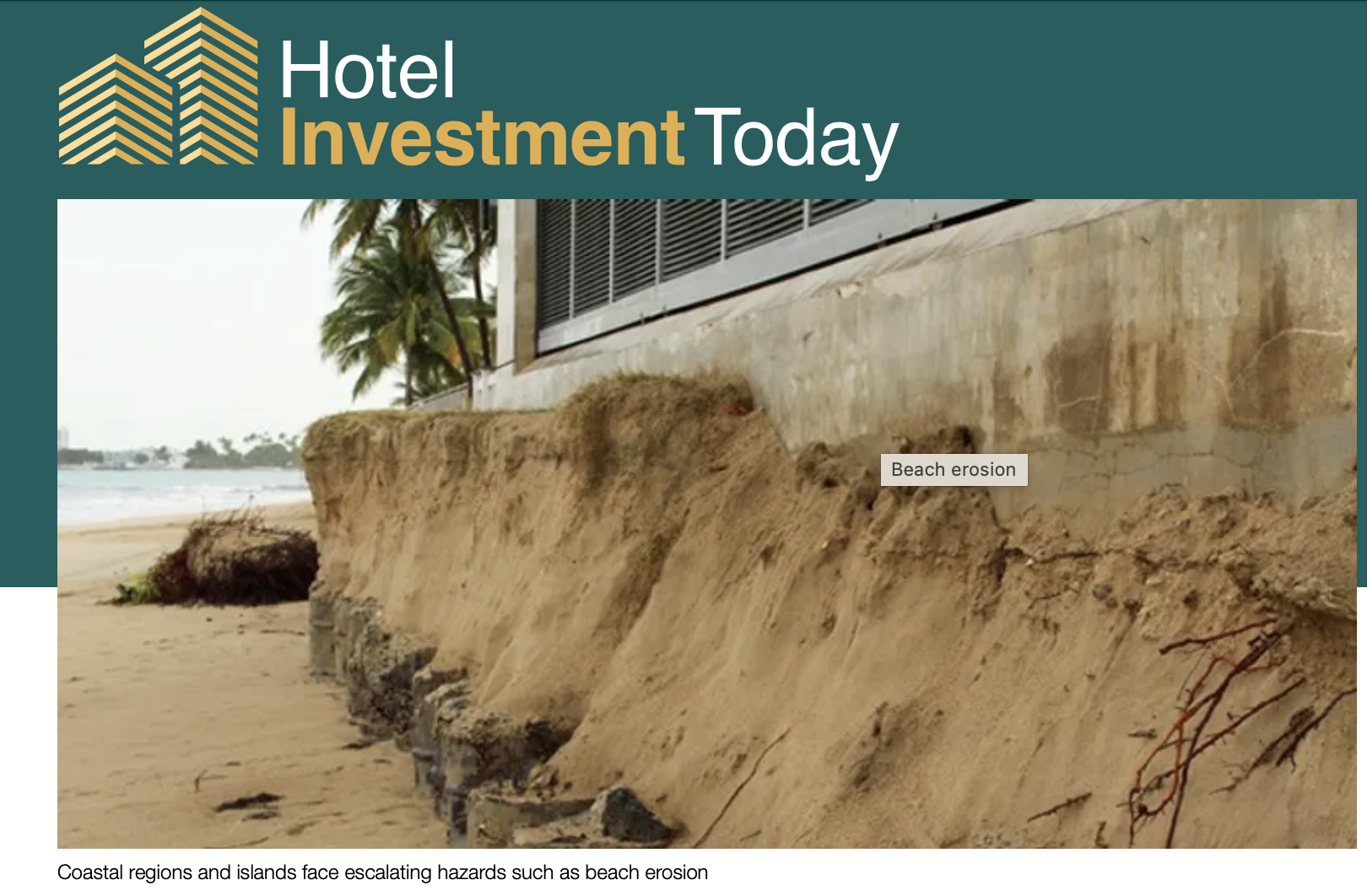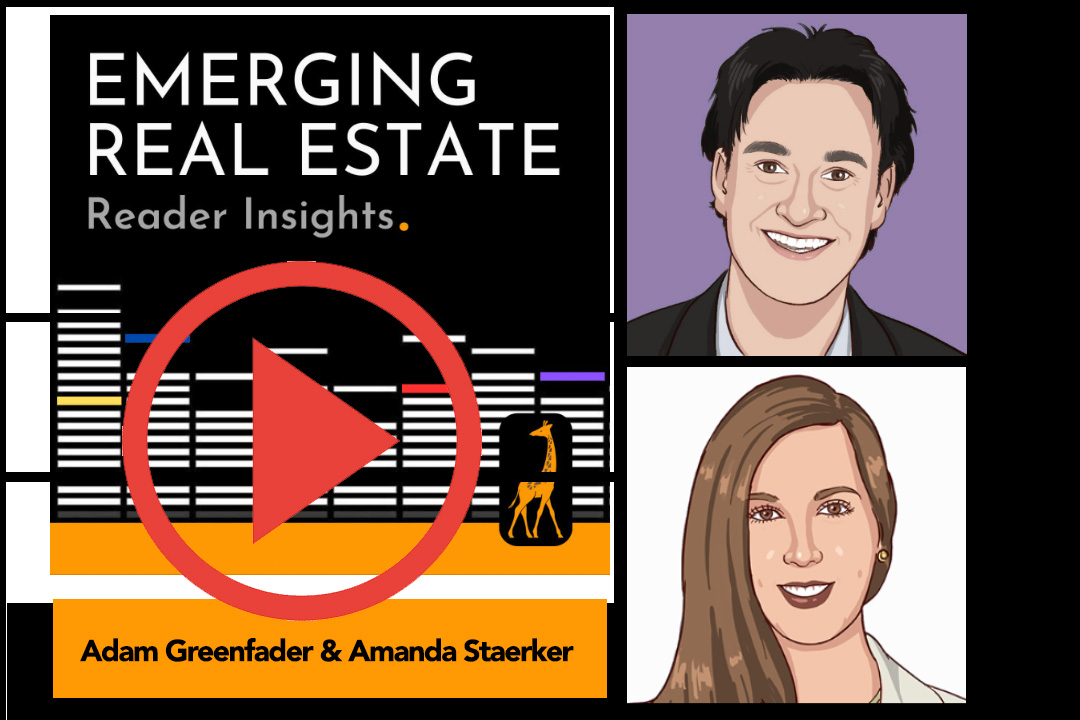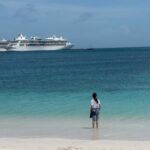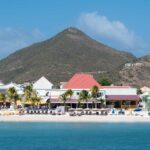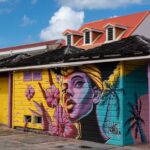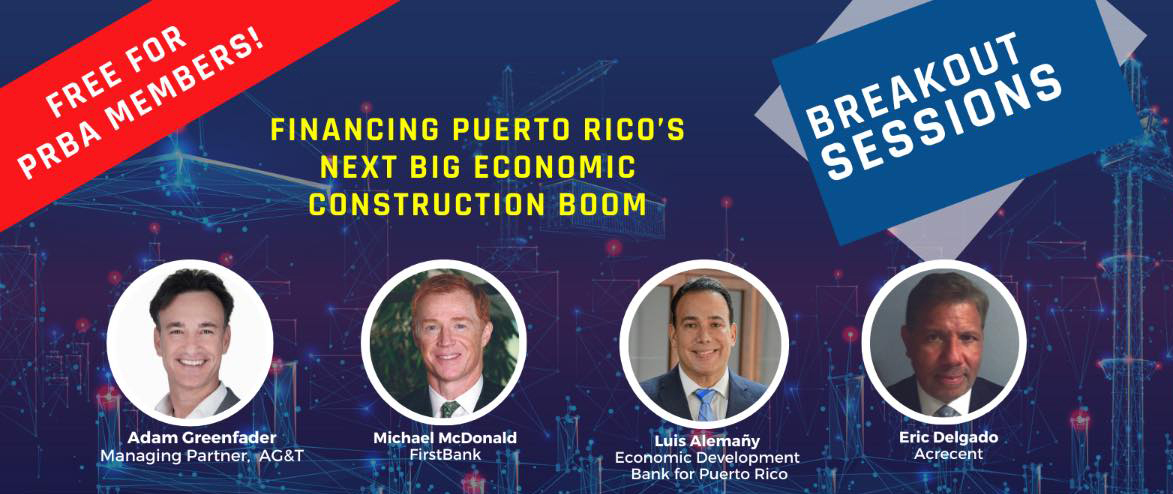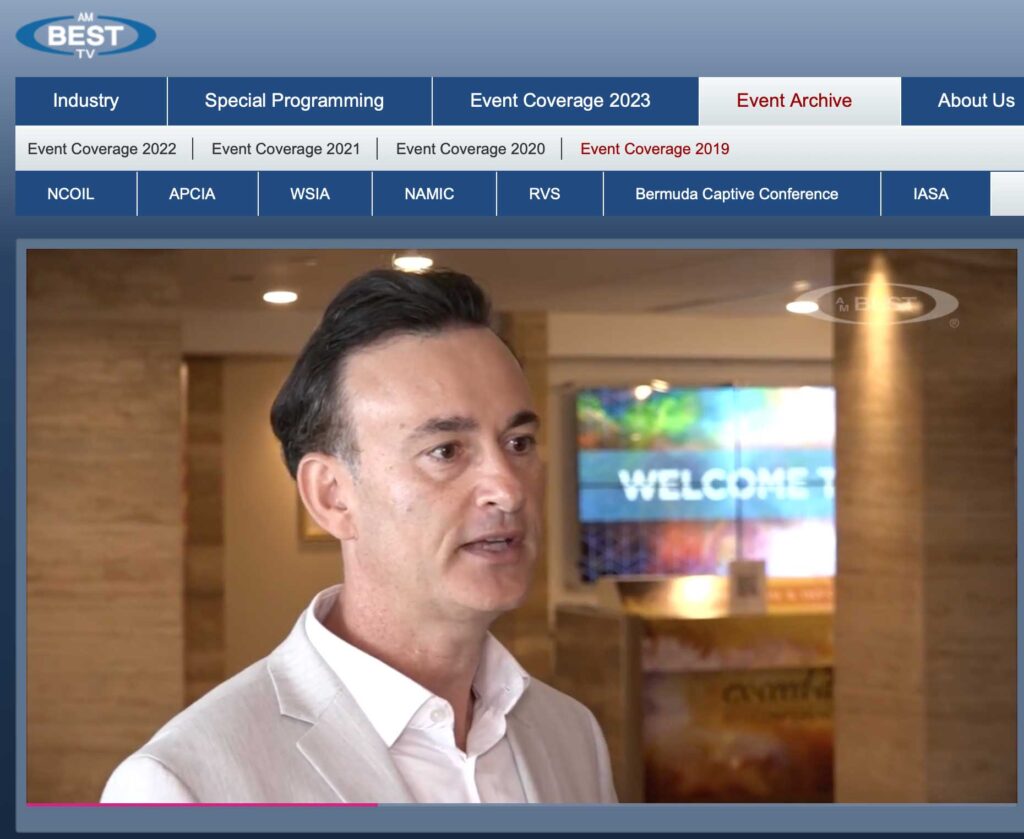Caribbean Capital Markets 2024
By Adam Greenfader, Chair of AG&T and Amanda Staerker, Luxury Development Specialist.
Background
AG&T recently brought together a group of leading capital experts to discuss the Caribbean capital markets outlook for 2024. The conversation was a closed door session with the names of the participants withheld in order to insure confidentiality. Some of the companies in attendance include CBRE Capital Markets Group, Sion Capital, Greystone, Glide Capital, Regions Bank , Crowdstreet, Citigroup, Ocean Bank, GG Capital Group, Driftwood Capital, Harbour Capital Partners, EnCapital, Ranger Alternative Management, Optimum Bank, and Mullen Capital.
Historic Money Tightening
The U.S. Federal Reserve in 2023 embarked on one of the most aggressive tightening of monetary policies in recent history. The goal was to curtail aggregate demand. The policy was highly successful as growth slowed more than half from 4.9% in Q3 to 2.1% in Q4. While this deceleration in growth should dampen inflation, the consensus about the effects of the tight U.S. monetary policy on the Caribbean in 2024 was mixed.
The Cost of Capital
The good news is that new construction deals are still getting done in the Caribbean. The bad news, is that the cost of capital is going-up. During the conversation, several recent term sheets were discussed, with the group agreeing that a typical hotel construction loan in 2024 might have an 11.5% interest rate with a 55% loan to cost.
Stronger Sponsors and Guarantees
As rates are going up, Caribbean financial institutions also seem to be seeking stronger sponsors and guarantees. The group felt that working with known sponsors was a top priority. In other words, developers that have experience in the Caribbean region with the specific product type. More importantly, there was ample talk about creating multiple layers of capital protection. This includes full recourse loans (i.e., personal guarantees) as well robust completion guarantees and bonds. One participant was quoted as saying, “we are looking for every single type of guarantee possible today.”
Land Lift is Dead
Lenders seem to only want to underwrite the original cash basis of the land today and not give the sponsor any credit for the increased value.
Condo-hotel Presales
On the hospitality side, one participant mentioned that they like to see condo-hotel projects because pre-sales can mitigate risk. In addition to demonstrating market acceptance, condo-hotel presales reduce the overall total capital requirements. The discussed presale requirements varied from 35%-65% of the total project.
Syndication of Loans and Risk Bifurcation
As lenders seek to mitigate risk, Caribbean capital sources are taking smaller bites of the proverbial capital stack. On the debt side, hotel deals are getting done by bifurcating or dividing the loan into parts. It is common in today’s market for banks to be syndicating their loans or splitting them up with other financial institutions. One of the participants mentioned that they recently closed a 200-million dollar hospitality construction loan by dividing the loan into two parts: capital for the hotel and a separate debt instrument for the condo-hotel uses.
Mission Driven Projects
While there is a general slowdown of construction lending in general, mission driven developments still are attractive. Mission driven developments can be defined as projects or locations that have unique stories to tell. Below are the four of the top mission driven locations:
1. Mexico, the group discussed how “Near-Shoring” is driving massive investment in industrial facilities from international companies such as Tesla that want to be closer to the U.S. This includes significant involvement from the Chinese. One of the participants stated, “there is 10x the amount of capital for every opportunity in Northern Mexico today”.
2. Guayana, mentioned as “the fastest growing economy in whole word”, the rush to build hospitality is palpable. Lack of supply is so limited in the capital of Georgetown for example, that older assets like the Marriott is getting ADRs upwards of $450 per night. There was caution, however, if with new supply that rates would hold into the future.
3. Costa Rica continues to provide amazing lifestyle offerings with its “blue economy” however while there is much interest to finance projects in this location, identifying truly “shovel ready projects” seemed to be a top of mind concern for some of the participants.
4. Puerto Rico was highlighted by many as being the “safest and most lucrative hospitality market in the Caribbean today.” There was a general agreement that the U.S. island of Puerto Rico currently has very low supply of inventory (tourism GDP is at 6.75%) as well some very lucrative tax incentives under act 74. “In Puerto Rico, you get a 40% tax credit that you can sell, there is no other place in the Caribbean that gives you that kind of IRR boost”, quoted a major hotel investor.
Conclusion
During normal times, the Caribbean region is generally a challenge. The region is highly regulated and has a low risk tolerance from traditional lending. Today, the fear caused by the 2023 bank failures and new capital regulations under the Basel III agreements, should force traditional banks to hold more cash reserves. It was suggested that there is approximately 1 trillion dollars of U.S. commercial paper that will be coming due in the next 12-24 months. There was concern from the group that if interest rates remain at current levels, many borrowers will have to make-up their interest reserves with new equity. One banker in the group, who recently underwrote their entire portfolio stated, “I am not sure how many projects will be able to come to the table with more money.” There is hope, however, for the Fed’s recent announcement of three rates cuts in 2024.
So, while many financial institutions have put their pencils down, other groups are proceeding cautiously today in the Caribbean. There is a consensus that there will be new opportunities in the future for private capital, family offices, private debt funds, and fintech to fill the 2024 Caribbean capital stack.
About AG&T
AG&T is a real estate development and consulting company based in Miami, Florida with a track record that spans over 52 real estate projects in Puerto Rico, the Caribbean, Central America, and the United States. Core services include Hospitality Development, Investment Sales, Strategic Planning, and Capital Advisory (Equity | Debt). www.agandt.com


